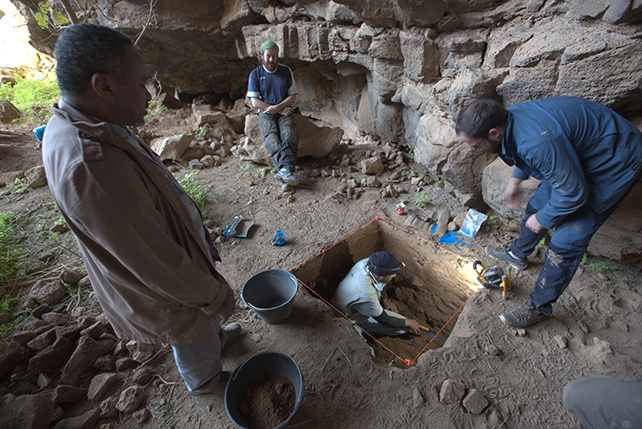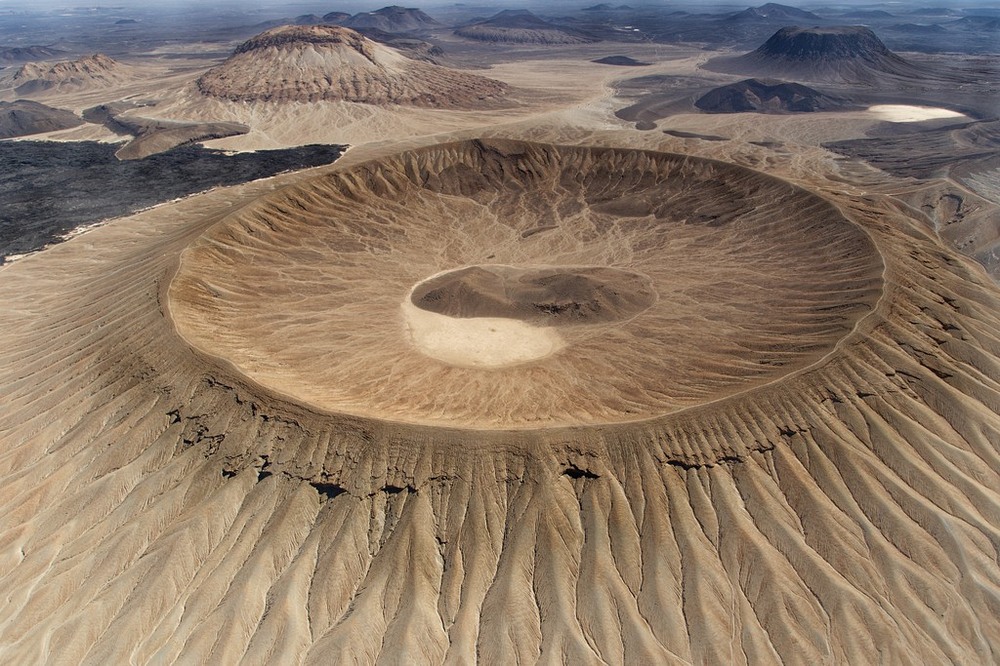A wealth of evidence indicating past human habitation has been unearthed by archaeologists in a lava-formed cave in Saudi Arabia, offering insights into the intriguing history of human presence in the area.
The findings documented by an international team of researchers comprise rock art and animal remains, unveiling details about the cave's usage and the dietary habits of its inhabitants.
Dating back approximately 10,000 years to the Neolithic period, the discoveries suggest that the cave, known as Umm Jirsan, served as a residential site for at least 7,000 years, potentially extending into the Bronze Age.
"Archaeologist Michael Petraglia, from Griffith University in Australia, asserts that while underground sites hold global significance in archaeology and Quaternary science, their research marks the initial comprehensive exploration of such sites in Saudi Arabia."

"Previous reports from Umm Jirsan have mentioned the discovery of human bones amidst numerous animal remains, presumably left by scavenging hyenas. The researchers, however, directed their focus towards human activities within the 1.5-kilometer-long cave."
"Their recent investigation uncovered fragments of cloth, crafted wooden artifacts, partial stone constructions, and rock flakes that potentially served as tools, alongside additional animal bones. Some artifacts were unearthed from spoil heaps, while others were excavated from a pit."
"While the researchers refrain from categorizing the rock flakes as 'tools,' their consistent shapes imply deliberate production, hinting at possible use as scrapers.”
An examination of human remains discovered during the team's prior exploration of the lava tube indicates a sustained diet rich in protein spanning centuries, with a notable uptick in the consumption of specific plant varieties linked to settlements near oases.
These findings build upon previous studies suggesting that these caverns served as refuges for animal herders amidst the harsh desert environment, facilitating interactions and trade between oases.
Archaeologist Mathew Stewart from Griffith University remarks, "The discoveries at Umm Jirsan provide a rare insight into the lifestyles of ancient Arabian peoples, unveiling recurrent periods of human habitation and shedding light on the thriving pastoralist activities in this region."
Newly unearthed rock carvings near Umm Jirsan depicting animals such as cattle, goats, and sheep engaged in pastoral scenes alongside human figures further support the notion that these cave systems were utilized by livestock herders.
Caves like Umm Jirsan hold significant value for archaeologists, as they preserve artifacts shielded from the harsh elements prevalent in this region, such as strong winds and scorching sunlight.
Petraglia emphasizes, "These discoveries highlight the vast potential for interdisciplinary exploration within caves and lava tubes, providing a unique glimpse into Arabia's ancient history.”












0 Comments